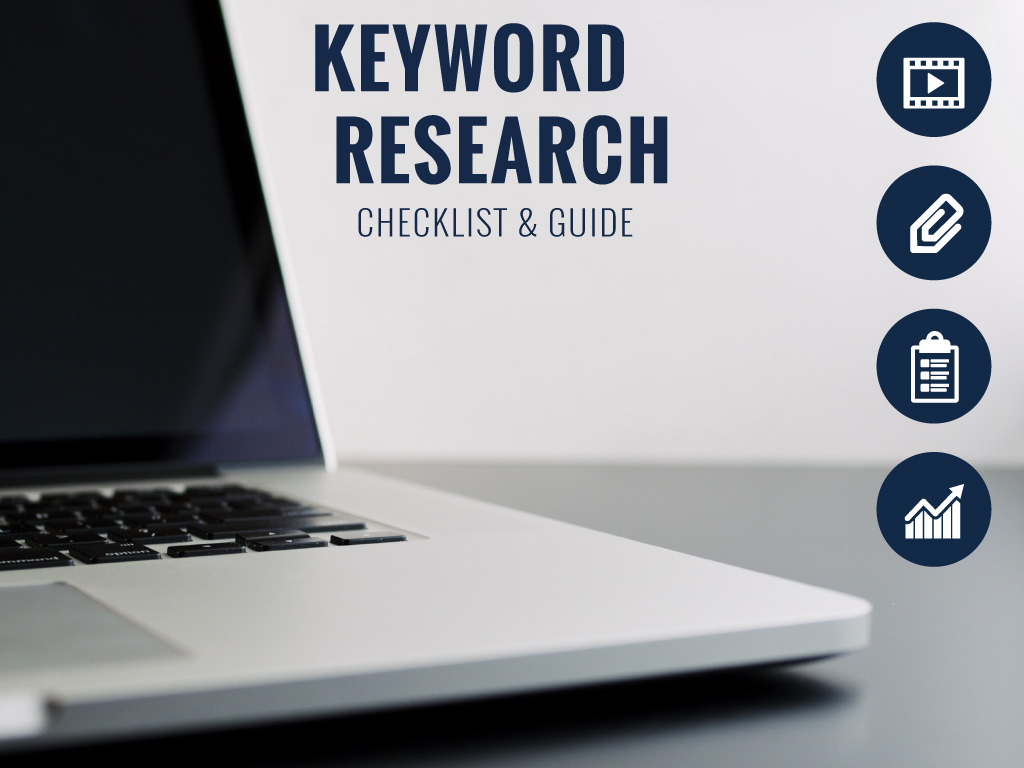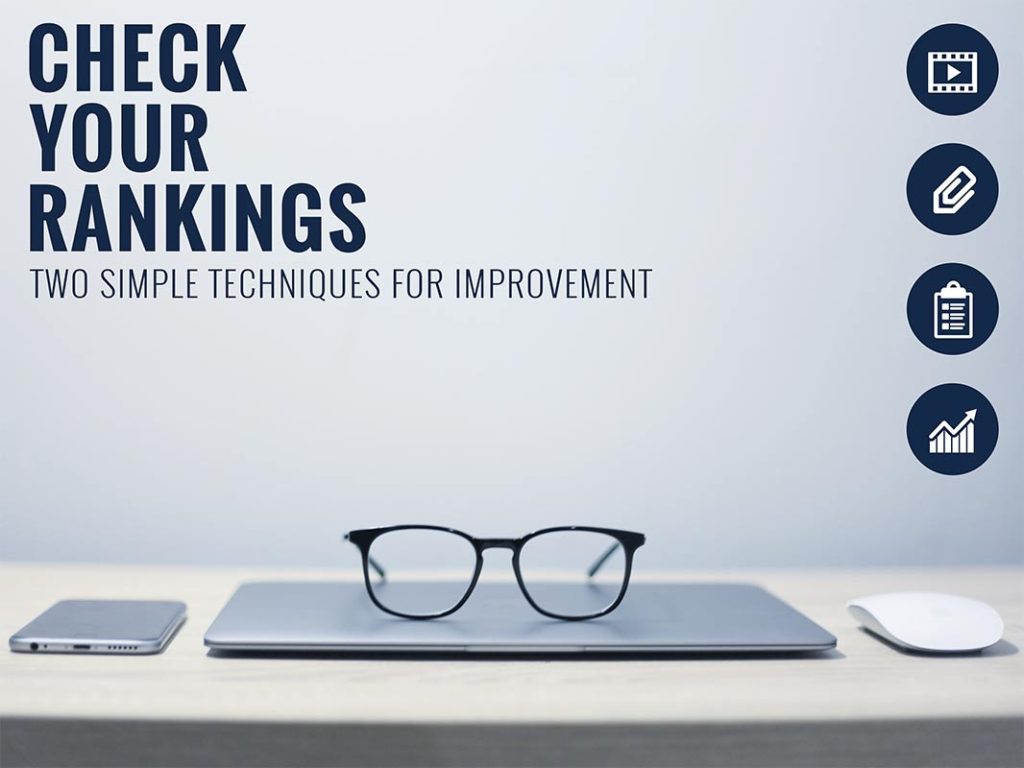Google Search Console Reporting Terminology
What makes a good report when trying to measure your marketing efforts? First thing first, we’ve got to understand what our report says.
This article will dig into:
- What Data Studio is
- The terms you’ll see in your measurement tracking reports from Google Search Console and what those terms mean.

Data tells a story, and our reports will hopefully tell that story in a simple to understand way with data visualizations to make it easier.
Using the data visualizations from Google Data Studio, we can help show what is working and what isn’t and what steps we need to take to help us get to where we want to be.
Let me tell you a quick story. When I started our digital marketing agency in Vancouver, reporting for me was top of mind. We needed a way to prove what we were doing was working or not working.
Why? Because we needed to illustrate our strategies and show what was working and what wasn’t.
Then it happened. A light bulb materialized right above my head. I found it. I found Google Data Studio while searching online. It was free (which was great as our budgets were tight), looked terrific, and was from Google! I couldn’t ask for anything more (that was 2016). Now, many years later here we are.
Let me preface – Google Data Studio is free, but if you want to combine data or dig deeper, including information from several resources (for example, Facebook, email marketing, Google Business Profile, and others), you will need to purchase an add-on like Supermetrics.
We use Super Metrics as an add-on and combine it with Google Data Studio, helping us create reports like the one you’ll see below.
We want our clients to become superpower users. We love to engage with them so we can go beyond the data and plan our strategic marketing decisions based on what we see.
Think of our Data Studio reports like lego pieces from various resources like Google Analytics & Google Search Console. We put the information we see together so that everyone can understand what is happening.
Data Studio Reporting Let’s Dig in
Let’s talk about Google Data Studio and your reporting. If you run a business, you need to know what’s happening when people get to your website and what they are doing before they get to your website.
Why? Because when we understand these two things, we can make adjustments to our digital presence so that our ideal people looking for our services will find us.
When we understand our data, we can make more informed marketing decisions about our marketing. Google Data Studio helps us streamline our data into reports that help us know what is going on.
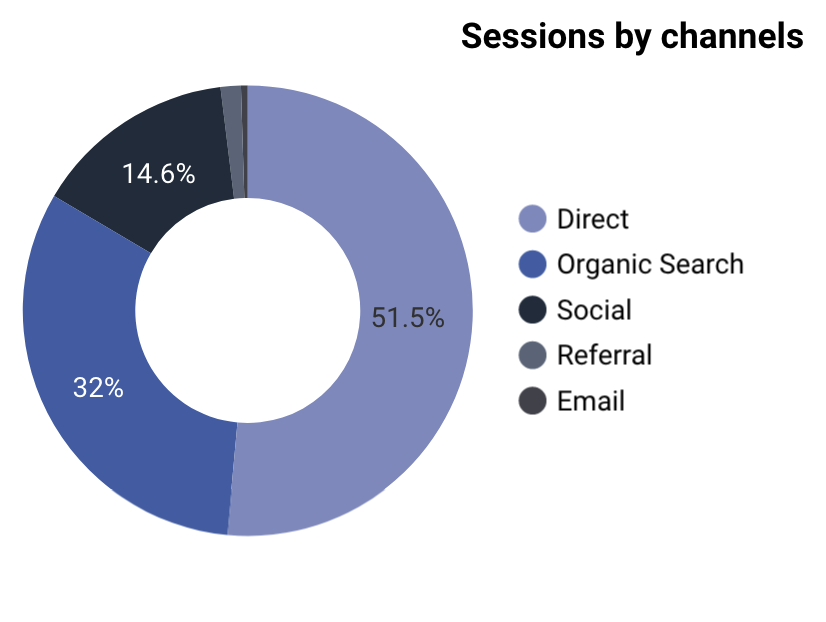
What is Google Data Studio?
Data Studio is a free tool (from Google) that converts data into customizable informative reports and dashboards. These reports help business owners and marketers visualize the data in an informative, easy-to-read, and easy-to-understand way. It is also straightforward to share and update (which is excellent for us marketers).
Google Data Studio is Google’s business intelligence reporting tool.
It launched in mid-2016 (out of beta in October 2018) and was announced as a free tool for business owners and small teams.
Since we started using Google Data Studio (2016), a lot has changed, but because it is a Google product and open-sourced software. It is constantly updated for a better user experience.
Moreover, Data Studio allows you to transform your data into appealing and informative reports that you can customize for your brand.
If you strategize your online presence using data, this tool will help you visualize and understand what is happening without diving into Google Analytics.
We use Google Data Studio, Google Analytics, Google Search Console and quite often travel between the three looking at the data and trying to show clients in an easy-to-understand way what is going on.
Think of Google Data Studio like lego for your data. Data Studio pulls in your data via a connector. That may sound daunting, but don’t worry – they make it super easy to use, and it is pretty intuitive and easy once you get started. But we’re not going there in this article. That is a whole other topic of conversation.
Data Studio Report Terminology
We will go through a report page by page (we’ll only be focusing on Google analytics terms, the Google Business Places terms and the Google Search Console terms in the Data Studio Report. This report explanation is all about the Google Search Console Report on Google Data Studio.
Your report might look slightly different, but the terms in your reports should be the same.
Data Studio Report Terminology
We’re going to go through a report page by page. We’ll only be focusing on Google Search Console terms and Google Analytics terms, and Google My Business terms used in the Data Studio Report.
Your report might look slightly different, but the terms should be the same.
Google Search Console (GSC) Keyword Report Term
We’ll go from left to right and define the terms (see the image below as you go through each term.
What is a Query?
- queried; querying (transitive verb): to ask questions, especially with a desire for authoritative information
From Google Analytics Help Search Console Reports
“Query – The actual query a user entered in Google search.
Only used in the Search Console reports. Applies to the actual query a user entered in Google search.”
Why does knowing the Query matter?
These are the actual words that people type into Google, and your website showed up, or I should say your website’s metadata (meta title, meta description, and URL) about your website showed up.
What action can you take knowing the Query information?
When you update your website pages, use this information in your keyword research.
Try to include these words on your website pages or use this information to judge if your page is showing up for the suitable types of keywords. Think about how you could improve your website by knowing this information.
Impressions
What do impressions mean in Google Search Console?
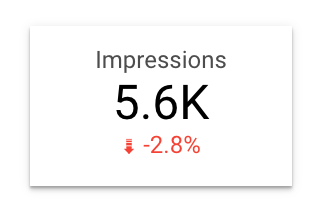
Impressions: are The number of times any URL from your site appeared in search results viewed by a user, not including paid Google Ads search impressions.
An impression is used for both Google Ads impressions and Google Search impressions.
In general, an impression is counted whenever an item appears on the current page, whether or not the item is scrolled into view, as long as the user need not click to see more results (such as a “see more” type of link).
Why does knowing the Impressions matter?
The impressions can be a first signal that your SEO strategy is winning.
It can also indicate the keyword competitiveness. Many search impressions means that the search volume is high. You could go into the Google keyword planner and check the keyword out, or search on Google to see how it ranks or what is ranking in the highest spots.
What action can you take knowing the Impression information?
Are there any new keywords there that you want to rank for? Find out if any pages are ranking for that keyword in Google Search Console. If you’re not, write a blog post, and in a few months, you’ll probably see that keyword show up in the Google Search Console report.
Clicks on a report what do they really mean?
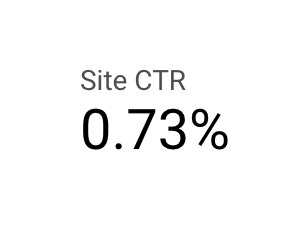
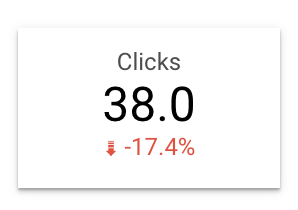
Are the measures in the Google search console how often someone has clicked a link from Google to your website? A click sends the user to a page outside of Google Search, Discover, or News.
Clicking a search result to an outside page, returning, then clicking the same link again counts as one click. Clicking a different link counts as a click for each link clicked.
Why does knowing the number of Clicks matter?
Clicks matter because clicks are visitors going to your site from your meta information displayed on Google (title, description, URL)
Knowing the number of clicks going to your website, what action can you take?
You would work on your Meta descriptions, titles, and URLs to increase clicks. Think of your metadata (descriptions, titles, and URLs) like your spot on google to advertise your business organically. When people scroll past, what will make them click.
CTR. What is CTR (Click Through Rate)
Click-through rate (CTR) is the impressions divided by the number of clicks. The higher the click-through rate, the better you do on Google’s Search Engine Result’s Pages.
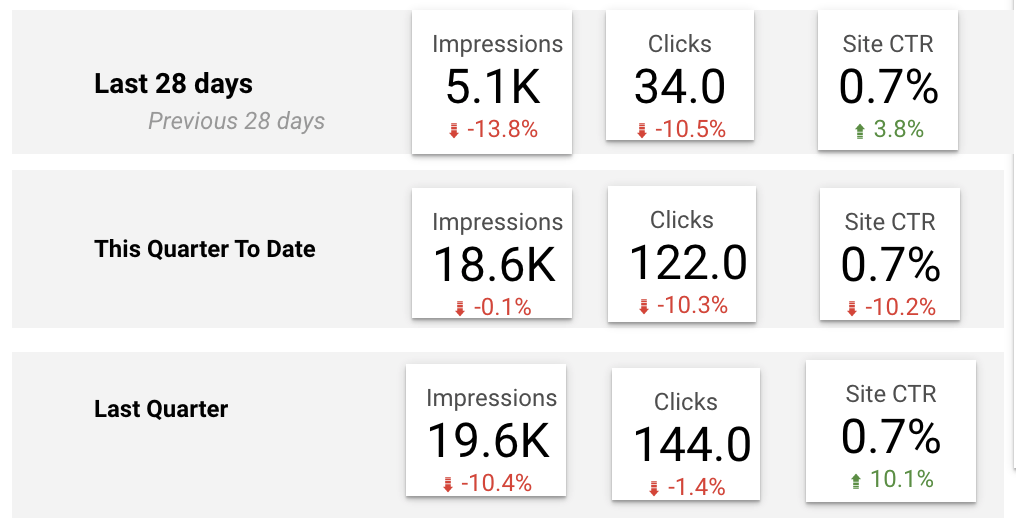
Why does CTR (Click Through Rate) Matter?
Clicks Through Rate matters because the higher the CTR, the higher up you are on the Search Engine Results Pages. The top 3 positions on Google have the highest Click-Through Rates.
What action can you take when you know your CTR?
If you have a low click-through rate (CTR), you can try to improve it by updating the title, meta description and URL of your website page. If you don’t see a change or want more of a difference, you would probably focus on your on-page SEO and a targeted keyword string dedicated to a page.
Average Position. What is Average Position in Google Search Console (GSC)
The average position in GSC is the numerical order in which Google displays a URL, title, and meta description on the Search Engine Results Pages (SERPs).
According to Google, you can see the average position of a page on your website and the average position of a query on Google.
The position is calculated by counting text snippets (title, URL, and display)from top to bottom on Google Search Engine Results Pages (SERPs). It doesn’t include images, video, People Also Ask, or carousel images on those pages.

What is a good average position on Google?
Website owners’ great landing pages that serve Google users relevant information are rewarded with a good position from Google.
If your average position on a SERP is from 1 to 3, your website page shows up at the top of Google’s search engine results pages and therefore gets the majority of clicks from a search that a user does.
What does knowing the average position you show up on Google mean?
The higher the position on Google, the more traffic your website receives. That’s why picking specific keyword tops per page matters.
What actions can you take knowing the position information on Google?
Knowing the average position gives us the ability to try to improve what we’re doing on our website. If we should up super low for a keyword, we can work on improving our website and our meta title and URLs to make better experiences for the user.
We can also use this information to see who else is showing up on the SERPs (Search Engine Results Pages) to gauge if we have a fighting chance against those trying to rank for the exact keywords.
Also, knowing the position, the number of impressions and CTR can all work together. A high number of impressions for a keyword string position one through 20 will be easier to rank than a keyword or page ranking in a position of 20 or more.





